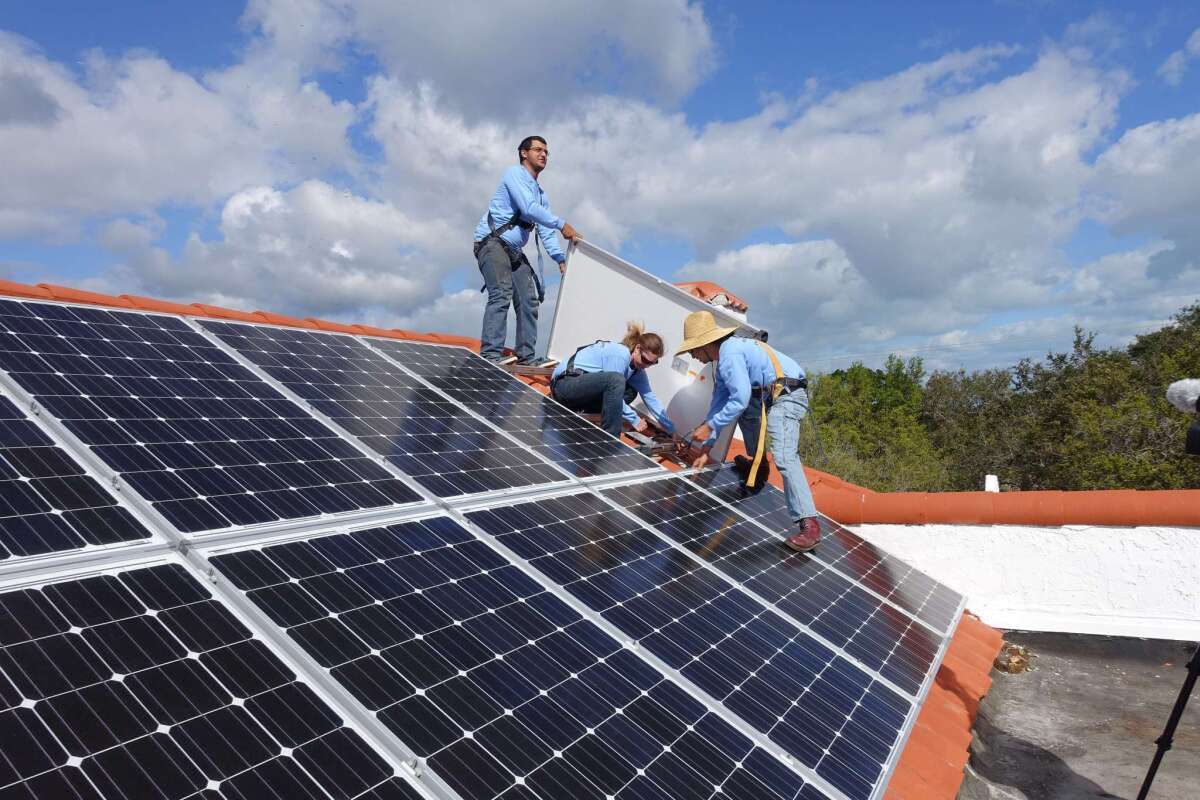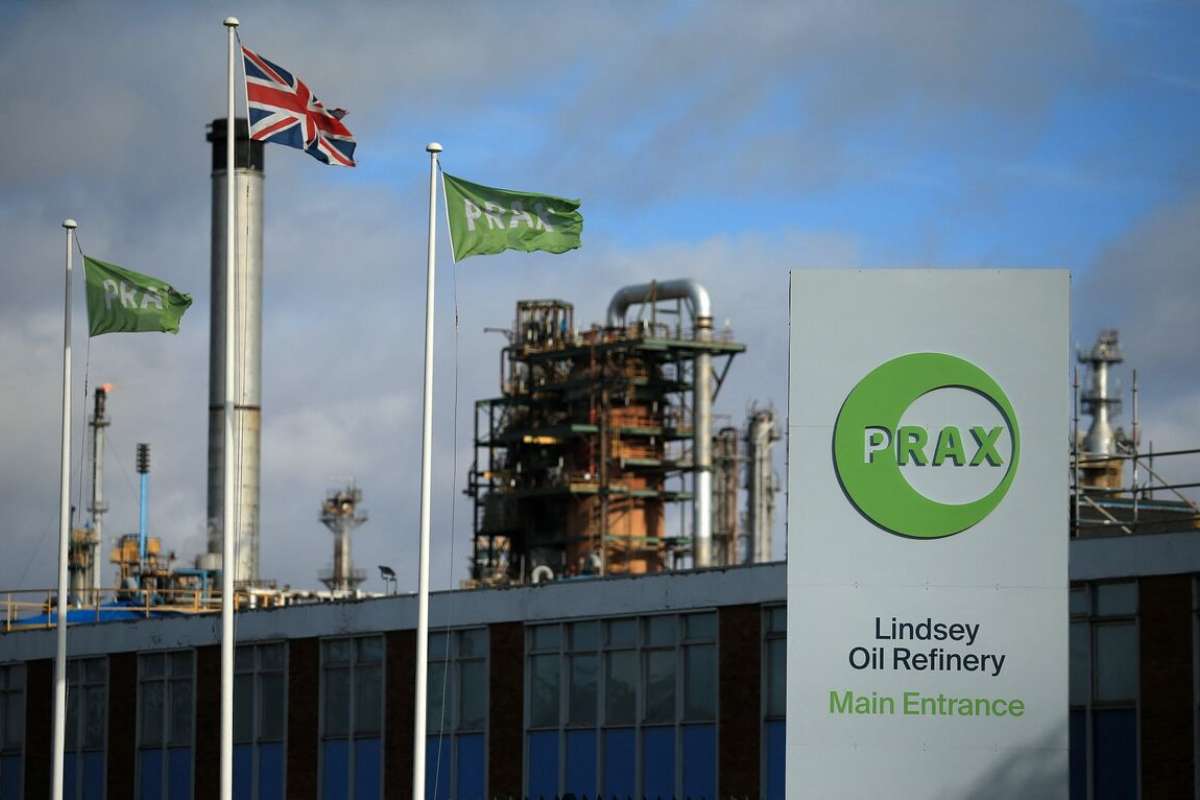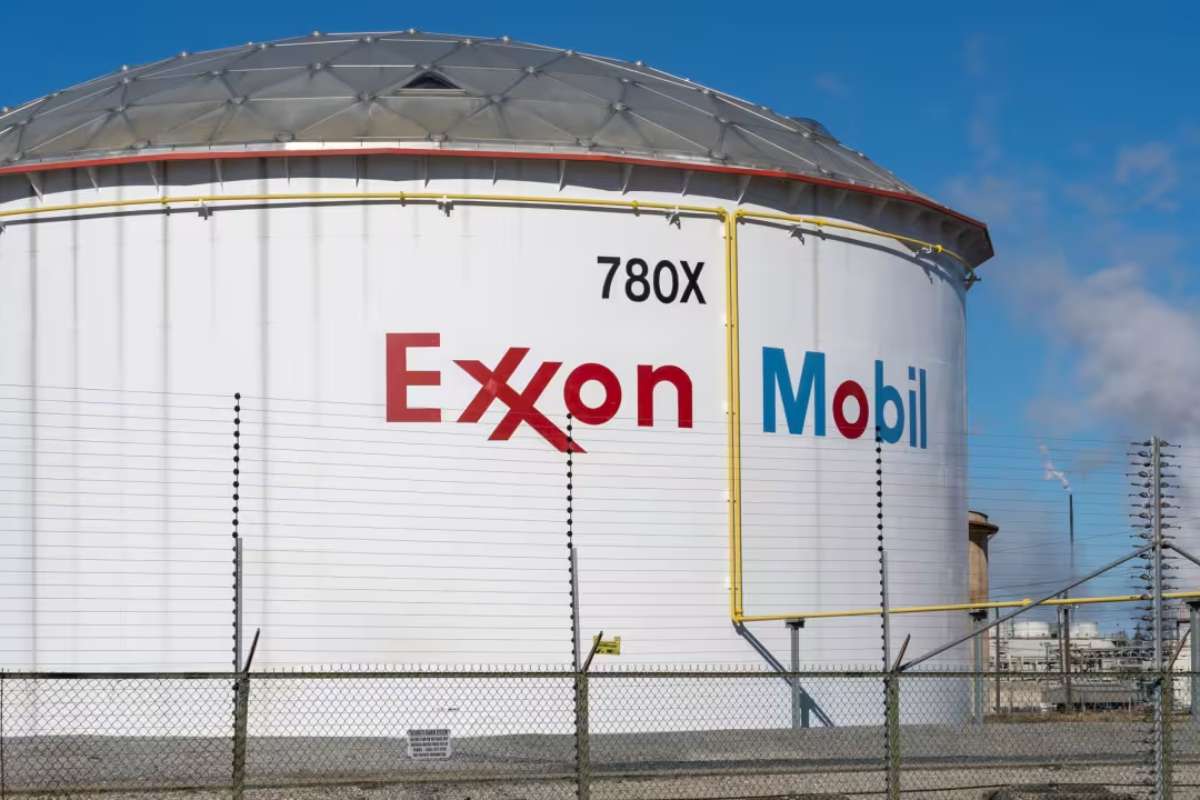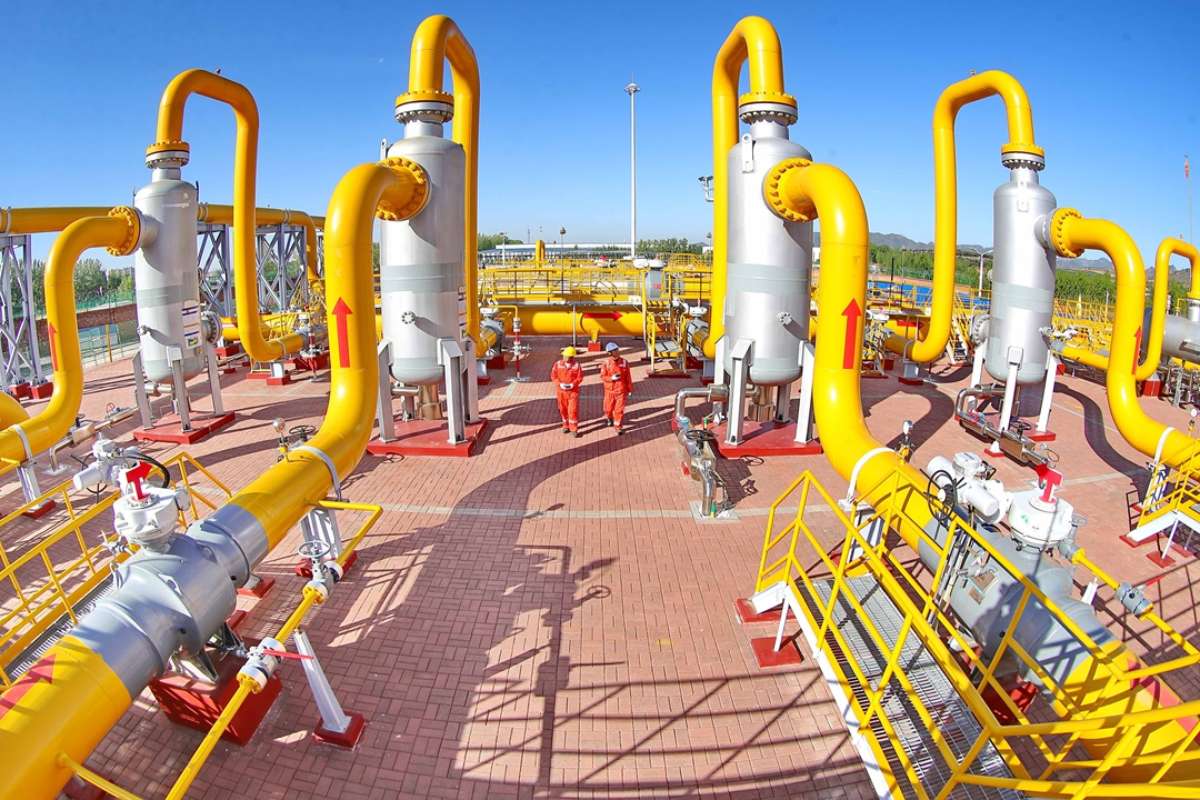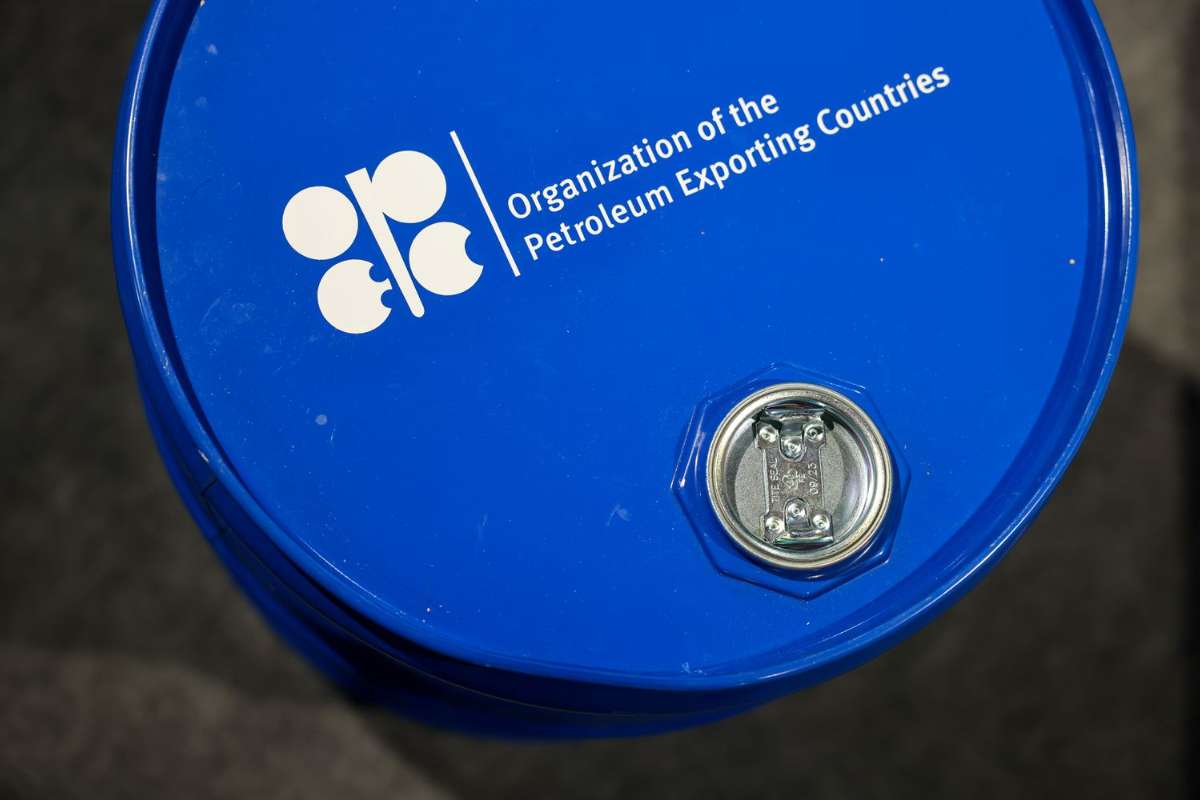Record-Breaking Investment in Energy Transition Technologies
In 2024, global Clean Energy Investment reached an unprecedented $2.1 trillion, according to the latest Energy Transition Investment Trends report. This marked an 11% increase from the previous year, reflecting a growing shift towards renewable energy, electrified transportation, and advanced grid infrastructure.
Despite this significant rise, experts caution that current investment levels remain far below what is required to achieve net-zero emissions by 2050. The report highlights that to stay on track with climate goals, global energy investment must triple to $5.6 trillion annually between 2025 and 2030. The gap signals an urgent need for increased financial commitments and policy-driven acceleration.
Countries worldwide have intensified efforts to meet their climate commitments under the Paris Agreement, which aims to limit global temperature rise to 1.5°C. However, analysts warn that without a substantial increase in funding, achieving net zero within the next few decades will remain out of reach. The transition demands not only financial resources but also systematic phasing out of fossil fuels and the removal of inefficient subsidies hindering progress.
Electrified Transport Leads, But Emerging Sectors Struggle
The report sheds light on sector-wise distribution of investments, revealing that electrified transport secured the highest funding, totaling $757 billion in 2024. This category includes electric vehicles (EVs), commercial EV fleets, charging networks, and fuel cell vehicles. With the rapid expansion of the EV market, investors are betting heavily on cleaner mobility solutions.
Renewable energy, including solar, wind, and biofuels, followed closely with $728 billion in funding. Additionally, $390 billion was allocated to power grid modernization, supporting initiatives such as smart grids and improved transmission lines.
However, investments in emerging technologies like hydrogen, carbon capture and storage (CCS), clean industry, and sustainable shipping remained significantly lower. These sectors collectively received just $155 billion, marking a 23% decline from the previous year. Affordability concerns, technology readiness, and scalability challenges have hindered their growth, making it difficult for these innovations to gain widespread adoption.
BloombergNEF categorized energy transition investments into “mature” and “emerging” sectors. Mature sectors, including renewables, EVs, and power grids, attracted $1.93 trillion, representing 93% of the total clean energy funding. Meanwhile, emerging sectors garnered only $154 billion, underscoring the struggles faced by next-generation energy solutions in securing large-scale financial backing.
China Dominates the Energy Investment Race
Mainland China emerged as the global leader in clean energy investment, contributing $818 billion in 2024—a 20% rise from the previous year. This accounted for nearly two-thirds of the total increase worldwide, with strong financial commitments in renewables, nuclear energy, power grids, and EV infrastructure.
China’s energy investment now equals 4.5% of its GDP, surpassing other major economies like the U.S. and the European Union. The United States ranked second with $338 billion, while Germany followed with $109 billion in clean energy funding. Other countries, including India and Canada, also saw double-digit growth in their investments, increasing by 13% and 19%, respectively.
Looking ahead, BloombergNEF forecasts a surge in Clean Energy Investment post-2030, projecting annual investments to reach $7.6 trillion between 2031 and 2035.. However, shifting political landscapes, particularly in the U.S., could influence the trajectory of energy transition investments, leaving the global market uncertain about future commitments.

